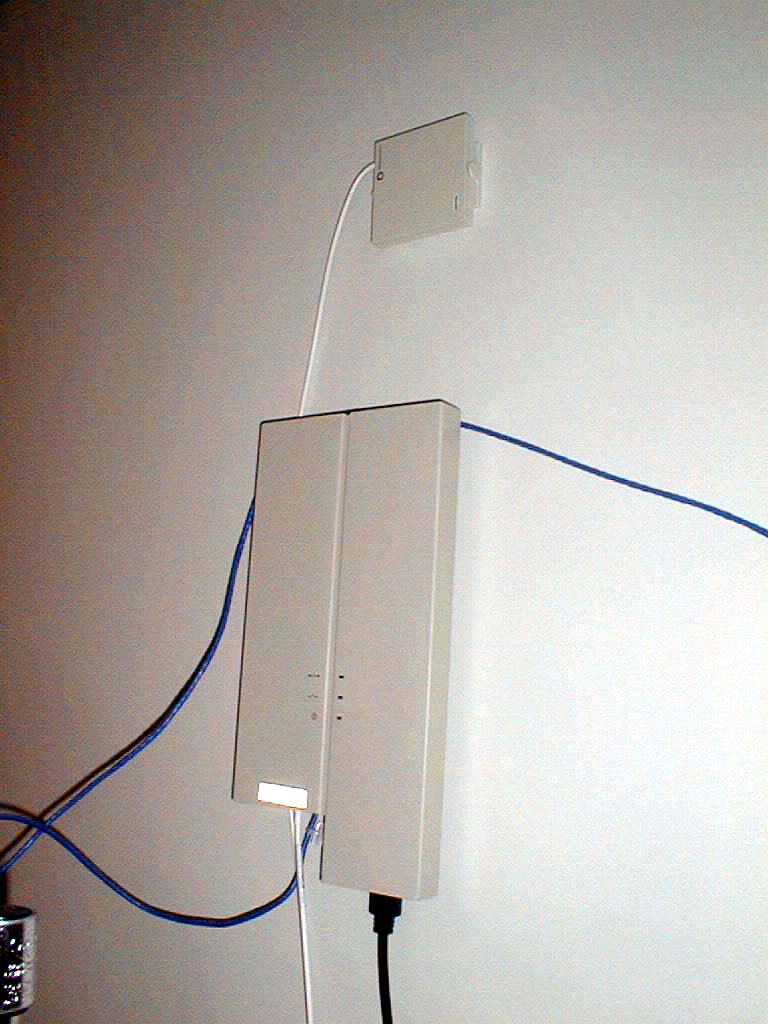The Internet World-Wide Web (WWW) architecture provides a very flexible and powerful programming model. Applications and content are presented in standard data formats, and are browsed by application known as web browsers (Figure 1). The web browser sends requests for named data objects to a web server and the server responds with the data encoded using the standard formats.

Figure 1. WWW Programming Model
The WWW standards for building a an application environment includes:
- Standard naming model - All servers and content on the WWW are named with an Internet-standard Uniform Relsource Locator (URL).
- Content typing - All servers and content on the WWW is given a specific type thereby allowing web browsers to correctly process the content based on its type.
- Standard content formats - All web browsers suppport a set of standard content formats, including HTML and JavaScript.
- Standard Protocols - Standard networking protocols allow any web browser to communicate with any web server. The most commonly used protocol on the WWW is HTTP.
The WWW protocols define three classes of servers:
- Origin Server - The server on which a given resource (content) resides or is to be created.
- Proxy - An intermediary program that acts as both a server and a client for the purpose of making requests on behalf of other clients. The proxy typically resides between clients and servers that have not means of direct communications, eg across a firewall. Requests are either serviced by the proxy program or passed on, with possible transactions, to other servers. A proxy must implement both the client and server requirements of the WWW specifications.
- Gateway - A server which acts as an intermediary for some other server. Unlike a proxy, a gateway receives requests as if it were the origin server for the requested resource. The requesting client may not be aware that it is communicating with a gateway
The WAP programming model, as shown in Figure 2, is similar to the WWW programming model. It borrows heavily from the WWW model and architecture and uses existing tools such as Web servers and XML tools. Optimizations and extensions have been made in order to support the characteristics of the wireless environment. Most of the existing WWW standards have been adopted and have been used as the starting point of the WAP technology.

Figure 2. WAP Programming Model
WAP content and applications are specified in a set of content formats based on the familiar WWW content formats. Content is transported using a set of standard communication protocols based on the WWW communications protocols. A micro browser in the wireless terminal co-ordinates the user interface and is analogous to a standard web browser.
WAP defines a set of standard componetnts that enable communication between mobile terminals and netwok servers, including:
- Standard naming model - WWW-standard URLs are used to identify WAP content on origin servers. WWW-standards URIs are used to identify local resources in a device, eg call control functions.
- Content typing - All WAP content is given a specific type consistent with WWW typing. This allows WAP user agents to correctly process the content based on its type.
- Standard content formats - WAP content formats are based on WWW technology and include display markup, calender information, electronic business card objects, images and scripting language. Formats include, WML, WMLScript and WBMP.
- Standard communication protocols - WAP communuication protocols enable the communication of browser requests from the mobile terminal to the content server.
The WAP content types and protocols have been optimized for hand-held wireless devices. WAP utilizes proxy technology to connect between the wireless domain and the Internet. The WAP proxy typically is compresed of the following functionality:
- Protocol Gateway - The protocol gateway translates requests from the WAP protocol stack (WSP, WTP, WTLS, and WDP), as shown in Figure 3, to the WWW protocol stack (HTTP and TCP/IP).
- Content Encoders and Decoders - The content encoders translate WAP content, WML pages and WMLScript programs, into compact encoded formates to reduce the size of data over the wireless network.

Figure 3. WAP Protocol Stack
The WAP gateway talks to the phone using the WAP protocol stack, and translates the requests it receives to normal HTTP. Thus, the content providers can use any HTTP servers, and can utilize existing know-how about HTTP service implementation and administration.
This infrastructure ensure that mobile users can browse a wide variety of WAP content and applications. The WAP proxy allows content and applications to be hosted on standard WWW servers and to be developed using WWW technologies such as CGI scripting.
Kannel is an open source WAP gateway. It attempts to provide this essential part of the WAP infrastructure freely to everyone so that the market potential for WAP services, both from wireless operators and specialized service providers, will be realized as efficiently as possible.
Kannel also works as an SMS gateway for GSM networks. Almost all GSM phones can send and receive SMS messages, so this is a way to serve many more clients than just those using a new WAP phone.
Open Source is a way to formalize the principle of openness by placing the source code of a product under a Open Source compliant software license. The BSD license was chosen over other Open Source licenses by the merit of placing the least amount of limitations on what a third party is able to do with the source code. In practice this means that Kannel is going to be a fully-featured WAP implementation and compatible with a maximum amount of bearers with special emphasis on SMSC compatibility.
The Kannel project was founded by WapIT Ltd. in June, 1999. WapIT Ltd. was founded on October 6th 1998 in Helsinki, Finland to organize the work of the team which had built the most extensive set of SMS services so far. WapIT Ltd. acts as a content innovator and a packager for wireless services. WapIT is a member of the WAP Forum.
The NIST Network Emulation Tool (NIST Net) is a general-purpose tool for emulating performance dynamics in IP networks. The tool is designed to allow controlled, reproducible experiments with network performance sensitive/adaptive applications and control protocols in a simple laboratory setting. By operating at the IP level, NIST Net can emulate the critical end-to-end performance characteristics imposed by various wide area network situations (e.g., congestion loss) or by various underlying subnetwork technologies (e.g., asymmetric bandwidth situations of xDSL and cable modems).
NIST Net is implemented as a kernel module extension to the Linux operating system and an X Window System-based user interface application. In use, the tool allows an inexpensive PC-based router to emulate numerous complex performance scenarios, including: tunable packet delay distributions, congestion and background loss, bandwidth limitation, and packet reordering / duplication. The X interface allows the user to select and monitor specific traffic streams passing through the router and to apply selected performance "effects" to the IP packets of the stream. In addition to the interactive interface, NIST Net can be driven by traces produced from measurements of actual network conditions. NIST Net also provides support for user defined packet handlers to be added to the system. Examples of the use of such packet handlers include: time stamping / data collection, interception and diversion of selected flows, generation of protocol responses from emulated clients.




